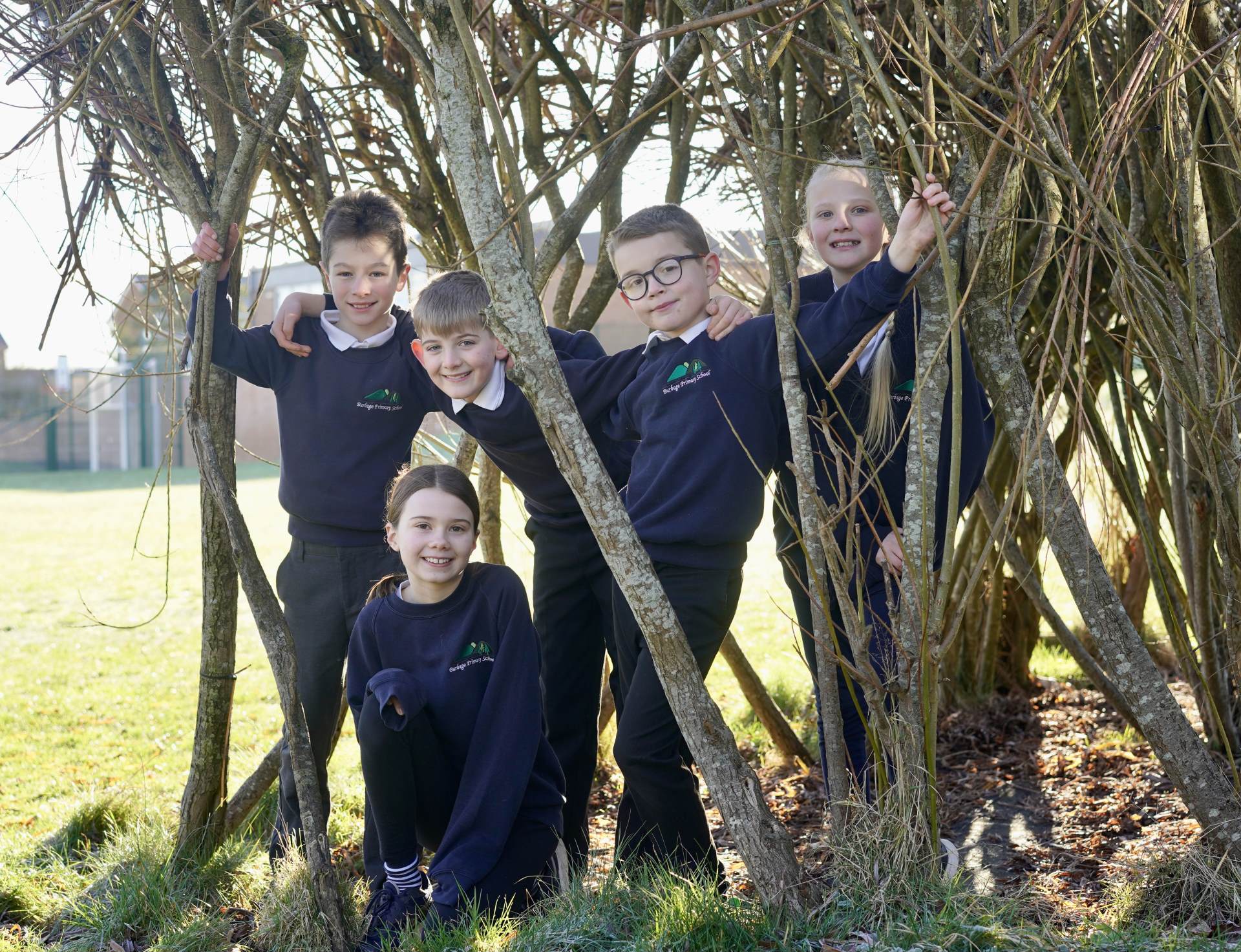Geography
Geography is taught principally during the spring term under the heading ‘Explore’. We have adopted this intensive approach via consideration of long term learning and the provision of opportunities to 'deepen' children's acquisition of geographical knowledge and skills. As we revisit our Explore unit for the second time (Spring 2023), we are finding that the children have remembered a deeper level of content when compared to our previous model of learning.
All classes have weekly geography lessons during the spring term. The children’s geographical knowledge is developed further through other subjects and cross curricular links. This intensive approach to teaching and learning allows the national curriculum objectives to be taught in depth. Key concepts are revisited and embedded as the term progresses which results in the children knowing more; being able to do more and remembering more. Key knowledge and skills are revisited throughout the school year in a variety of ways including start and end of day tasks; through cross-curricular links; assemblies and whole school days.
Progression and Sequencing
The children develop their geographical knowledge and skills by learning about places which become progressively more distant and less familiar as the children develop. They have access to high quality resources such as atlases, O.S. maps, Digimaps and Google Earth which allow them to learn about other places. In KS1, the children learn about the geography of the school grounds and the surrounding area. In lower KS2, the children learn about the UK and Europe whilst in upper KS2 the children learn about North and South America. Across the school, all children complete a comparison study. They look at the similarities and differences between an area of the UK and an area from their place of study. As a result, the children learn about diversity within the UK and across the world. Visitors and trips are also used to enrich the curriculum and consolidate learning.
As the children learn about places, they learn about the human and physical features within them and the processes that shape the Earth’s surface.. In KS1, they learn about weather and seasons. In KS2, they learn about settlements and land use; mountains, volcanoes, earthquakes and rivers. The children learn about examples of these features linked to their place of study.
As the children progress through school they develop their ability to draw and read maps.. In KS1, they understand that maps are a pictorial representation of a place. They begin to relate aerial views with plan view maps. They draw simple sketch maps. In KS2, the children learn to use co-ordinates and grid references to identify features on O.S. maps. They are able to plot and follow a route. They are able to draw maps with increasing accuracy and detail.
Fieldwork
Our geography curriculum is underpinned by fieldwork. All classes use the school grounds and local area to observe features and develop skills. Each year group takes part in an enquiry linked to their key question. Initially, the children are given an enquiry question and are taught how to collect and present information. By the end of KS2, the children are able to suggest their own line of enquiry. They use the skills that they have developed to collect, interpret and present their data.
Geography Long Term Plan
Geography Knowledge and Skills progression EYFS
eyfs geography skills and knowledge map.pdf
Geography Knowledge and Skills progression KS1
Geography Knowledge and Skills progression lower KS2
geography progression of s k lks2.pdf
Geography Knowledge and Skills progression upper KS2
geography progression of s k uks2.pdf

